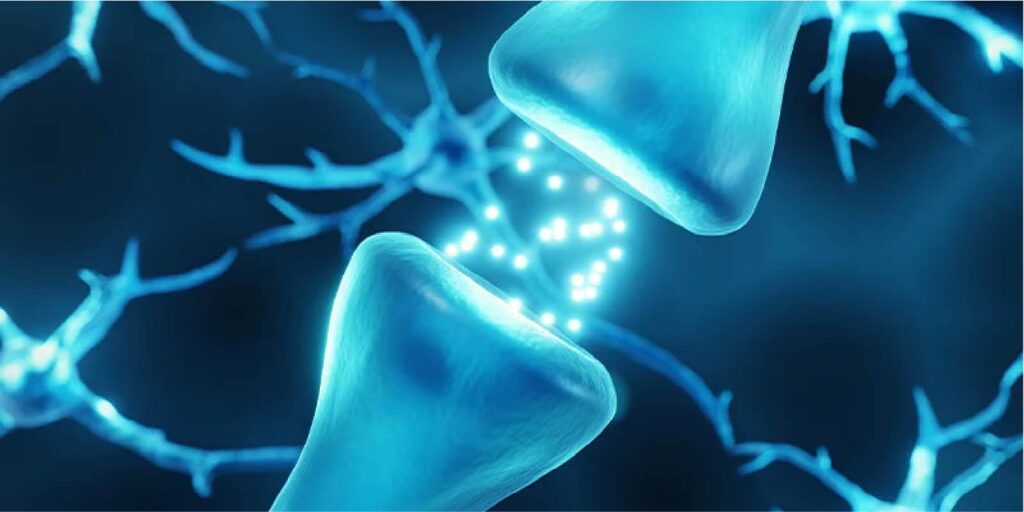
Vitamins are essential micronutrients that play a crucial role in maintaining good health. They are classified into two primary categories: fat-soluble and water-soluble. As their names imply, fat-soluble vitamins are absorbed by dietary fat and water-soluble vitamins are dissolved in water. This key difference leads to their unique characteristics and storage capabilities in the body.









